Electric trikes are the next big thing. As electric cars and other light EVs take over the roads, trikes are also becoming a popular and sustainable alternative.
Unlike other transportation solutions, 3-wheel electric bikes provide a new level of comfort, convenience, and cost savings, making them an amazing choice for people of all ages and abilities.
Whether that’s an office worker or a retired senior, anybody can benefit from an electric trike. They can use it for their commutes, leisure rides, or family activities just like a car or bike.
E-trike users enjoy the outdoors more immersively while minimizing their carbon footprint. What’s more, they can stay physically active, save money on gas, and squeeze through traffic easily.
So an electric tricycle is worth the investment. Let’s talk more about what goes into these electric trikes and how you can get the best use out of them.

Electric Components of E-Trikes
The main thing that separates electric trikes from regular bikes and tricycles is the electrical system. The electrical system provides extra power to the trike and helps the rider travel for longer distances without tiring.
But that’s not all as the electrical system provides other conveniences. For instance, the electrical system supplements the safety features of the e-tricycle, helping you stay visible to traffic and focus on the road better.
Let’s dive deeper into the electronics of a 3-wheel electric bike and identify the most important parts.
Motor and Drive System
The main appeal of electric trikes is their electrical assistance. E-trikes help riders travel more comfortably since the electrical system can help push the trike forward.
In some eTrikes, the electrical system can power the trike entirely, allowing the user to stop pedaling and ride the trike as a moped or scooter.
Electric trikes can do this because of the built-in motor. Taking in power from the battery, this motor can provide electrical assistance and drive the wheels forward.
Understanding Motor Specs: Power Rating
Now, the amount of power a motor can put out depends on its build and performance specs. This affects things like how fast you can ride, and how well you can climb hills and push through stubborn terrain.
The best way to recognize these capabilities is by looking at the performance specs. This mainly includes the motor power and other specs like torque and top speed.
For electric trikes, motors are usually defined by their power ratings. The higher the rating, the more powerful the motor and its ability to climb hills and carry heavier cargo.
Most electric trikes in Australia have motors ranging from 250W to 500W. For instance, the Addmotor CITYTRI E-310 has a 250W motor which is good enough for casual urban riding. Other e trike bikes can have higher power ratings, especially if they have a larger frame and are designed for more extensive applications.
So if you’re comparing electric trikes by their motor performance, be sure to prioritize these three specs. They will help you make a better decision on what’s best for your needs and use cases.
The Different Types of Motors
Besides the motor’s power rating, you also need to look for the type of motor. The type of motor can drastically affect the riding experience and even the cost of a 3-wheel electric bike.
With electric trikes, there are mainly three different types or configurations you need to look for. This includes:
- Front-mounted
- Rear-mounted
- Mid-drives
Here, rear-mounted motors are somewhat rare. They are fairly inexpensive and provide decent power.
Meanwhile, mid-drives offer the most natural and intuitive riding experience. They’re also more powerful and efficient. However, they are more expensive and bring in a new set of problems, regarding maintenance and running costs.
Electric trikes with front-mounted motors are the most common. They’re mostly reserved for lighter electric trikes. Also, most people don’t prefer front-mounted motors because it gives the feeling of being pulled forward.
You may also like: Rear-Drive Motor vs Front Hub Motor
Battery and Power Supply
Apart from the motor, the battery, controller, and power supply circuits make up the rest of the electrical components.
For most electric trikes, the battery is the most expensive part. The battery is what provides electrical power to the motor and makes it run. Meanwhile, the power supply manages this electricity and makes sure to deliver it safely and efficiently.
When we’re talking about the battery specs, the most important thing you need to consider is the capacity or range. The capacity of a battery determines how far you can ride with electrical assistance before you’ll have to recharge it.
Defining Battery Specs: Range and Capacity
When you have a battery with a higher capacity, you can generally ride for longer distances. That said, the effective range of an electric trike does vary depending on power usage.
For instance, if you’re riding with heavier cargo or at a higher PAS level (Pedal Assist), the battery might drain sooner than expected.
For electric trikes, battery specs are mainly defined by Ah (Amp-Hours). Normally, an average city-cruiser eTrike has a battery capacity of 20Ah.
The Addmotor CITYTRI is a great example. This electric trike has a 48V/20Ah battery, leading to an effective range of 145 Km at PAS level 1.
This means you can ride the CITYTRI for almost 145 Km before the battery drains out. After that, you’ll have to ride manually (with no electrical assistance) or stop to recharge.
Important Battery Specs: Safety Certification
Another crucial aspect of eTrike batteries is safety. Because they contain electrical energy in chemical form, it’s important to prevent the batteries from overheating, or short-circuiting. Otherwise, batteries can degrade faster, cause electrical damage, and even start fires.
To prevent these, eTrike batteries need to include built-in safety features and protective enclosures. They should also be able to deliver power consistently and efficiently through various conditions.
One of the best ways to gauge the safety and reliability of eTrike batteries is through safety certifications. These certifications guarantee that the battery in your electric trike is rigorously tested for efficiency and protection against electrical hazards.
So always look for the proper safety certifications before purchasing an eTrike or battery pack. In the US and Canada, the most trusted certifications are the UL2849 and UL227. So if an eBike or battery pack is approved by these two certifications, they’re extremely reliable.
Controller and Display
The battery and motor are the most important components of the electrical system. But besides these two, you also need to consider the smaller parts that make up the rest. This includes:
- Motor controller
- Wiring harness
- Safety circuits
- Display
- Battery Charger
From there, it’s a good idea to pay special attention to the display device of your electric trike. This is where you will monitor things like speed, battery level, PAS levels, and more. Without the display, you’re basically “riding blind” on an electric trike.
So when looking for the best electric trike, be sure to consider the display system as well. You want a display that has:
- Large and Readable Displays: You’ll have to glance at the display every now and then, but also maintain focus on the road. This means you need a large display that shows important information in direct sunlight, heavy rain, and other lighting conditions.
- Backlighting: Besides sunlight, you’ll also want a display that shows up clearly at night or in low-light situations. This means a display with a powerful and adjustable backlight.
- Water Resistance: Most electric trike displays already come with waterproof enclosures. But, be sure to verify this, especially if you’re purchasing an electric trike that’s not as popular or well-reviewed.
Mechanical Components of Electric Trike
While the electrical system provides an extra boost and powers the necessary system on the eTrike, the mechanical components do the rest. They support the rider, make the bike move, and keep the rider safe and comfortable.
On an electric tricycle, the mechanical components primarily make up the:
- Frame
- Groupset
- Suspension system
- Wheels and Tires
- Steering mechanism or Rear Differential
- Pedals
- Saddle
- Fenders
- Cargo Racks and Baskets
Let’s take a closer look at these mechanical components and which parts you should prioritize when purchasing an electric trike.
Trike Frame
The frame is essentially the backbone of an electric trike. It’s what holds everything together and gives 3-wheeled structure and form to the trike.
With electric trikes, the frame tends to be heavier and larger than two-wheeled eBikes. So most electric trikes can take up more space and be difficult to pick up and carry around.
With frames on an electric trike, you need to look for things like:
- Material: The trike’s material determines its strength, durability, and performance. Most eTrikes come with Aluminum alloys which are lighter and don’t rust. Some trike bikes also come with Steel frames which are more durable and better at absorbing shocks. However, it tends to be heavier.
- Crossbar Configuration: The crossbar is an important component in any bike frame. It bridges the front and rear of the frame, adds rigidity, and improves durability. That said, the crossbar makes it difficult for people to mount and dismount. This is why most eTrikes opt for a step-through electric trike with a lower (or almost nonexistent) crossbar.
- Seating Posture: How the trike seat situates the rider is also important. For instance, an upright e-trike is better for short riders and anyone who’s riding at higher speeds and needs to stay visible to traffic. Meanwhile, recumbent or semi-recumbent trikes are useful for bikepacking or riding at a more leisurely pace.
- Load Capacity: Eventually, the frame is what will be doing most of the heavy lifting. As such, the payload capacity of an electric trike will depend entirely on the trike frame. For this, cargo trikes will have heavier and sturdier frames, while urban trikes will be lighter at the cost of weight capacity.
- Mounting Points: Customisation is another crucial factor for everyday riders. So with mounting points, you can install things like extra storage racks, baskets, trailers, and fenders. This can help make your electric trike more versatile and accessible.
Wheels and Tires
The tires are the main contact point between the eTrike and the ground. Tires help you roll through different surfaces smoothly and help provide traction and stability.
E Trike tires tend to be larger and heavier than regular eBike tires. This is because they need to maintain the self-balancing nature and also support the added weight of the rider, frame, motor, and battery.
On top of that, tires help absorb vibrations. This helps to keep the rider comfortable and also maintains the durability of other components.
With electric trike tires and wheels, you mainly have one decision to make: slim or fat tires. Here, slim tires are better for smooth surfaces and urban riding. So as long as roads are smooth and well-paved, they roll faster and let you ride comfortably without wasting too much battery.
Meanwhile, fat tires are better suited for off-roading and uneven terrain. They tend to be heavier and thicker, which increases their rolling resistance but provides better traction, stability, and shock absorption.
Fat tires can make you pedal harder and drain the battery faster, but you can ride anywhere with full confidence.
Groupset
Making the electric trike move forward, the groupset is what makes up the “bicycle” parts. The groupset is the collection of components that handle the pedaling, shifting, and braking. Without a groupset, you basically can’t ride the trike, change gears, or make it stop.
The groupset covers many components. For eTrikes, eBikes and push bicycles, the groupset consists of:
- Crankset: This includes the crank arms and chainrings connected to the pedals. The crankset is responsible for transferring the pedal power into the trike chain.
- Bottom Bracket: This part attaches to the frame of the trike and allows the crankset to rotate around it.
- Cassette: The gear set that’s installed in the rear wheel. The cassette has multiple cogs which the chain goes over. When you shift gears, you’re essentially moving the chain to a different cog. This can make it easier or harder to pedal, depending on the speed and terrain.
- Chain: The chain connects the crankset to the cassette. The chain helps transfer the power from the pedals into the cassette, which makes the rear wheel spin.
- Derailleurs: This is the part that moves the chain when you shift the gears. The derailleur helps move the chain into the different cogs in the cassette.
- Shifters: Helps you to switch gears depending on your needs. Shifters are installed on the handlebars and allow you to control the derailleurs.
- Brakes Levers: Sits on the handlebars and lets you apply the brakes whenever you need.
- Brake Callipers or Disc Brakes: These apply pressure to the wheels and make the bike stop or slow down. When you pull on the brake levers, these actuate and apply the brakes.
- Cables: These run from the brake levers to the brake calipers/disc brakes. They help transfer the right amount of force from the brake lever. Shifters also come with cables that help move the derailleur to the correct gear position.
With most electric trikes, you don’t have to worry about picking the components in the groupset. The manufacturer usually picks out the most optimal components for eTrike Australia.
The groupset for electric trikes is completely different from two-wheeled eBikes and is difficult to repair and replace. That said, it’s never a bad idea to understand how these work and how you can maintain them.
Suspension System
The main role of the suspension system of an electric trike is to absorb shocks and vibrations from rough terrain. The suspension system absorbs these shocks and prevents them from affecting the rider or the fragile components of the trike.
Thanks to the suspension system, people can ride comfortably through various surfaces. They also have more stability and control since the suspension system helps keep the trike stable through various conditions.
Electric trikes are all about safety, stability, and accessibility. So most of them come with a standard suspension system that’s good enough for everyday urban riding.
For example, Addmotor electric trikes always come with a front-fork suspension system that’s attached to the front wheel. This helps cushion impacts from uneven pavements, potholes, curbs, and rough roads.
That said, some electric trikes take this a step further. They include a full-suspension system, which includes extra shock absorbers for the rear wheels.
The full-suspension system does wonders when you’re traveling off-road. They cushion impacts much better and also help keep the trike level when traveling through difficult terrain.
A full suspension system is the best choice. However, if your budget is limited and you’re certain that you’re only going to ride the trike on smooth paved roads, a regular front-fork-only suspension will suffice.
Wrapping Up
What separates an electric tricycle or eBike from a regular bicycle is the electrical system. The electrical system helps provide an extra boost and allows the rider to travel for longer distances or ride with less effort.
The electrical system is what makes an electric trike more expensive and heavier than regular options. The system includes the motor, battery, display, and minor components like the wiring harness and motor controller.
The mechanical system is what makes up the rest of the electric trike. The mechanical components include the groupset, wheels, suspension, frame, and more.
Essentially, the mechanical system is responsible for providing the physical structure and making the trike move and stop.

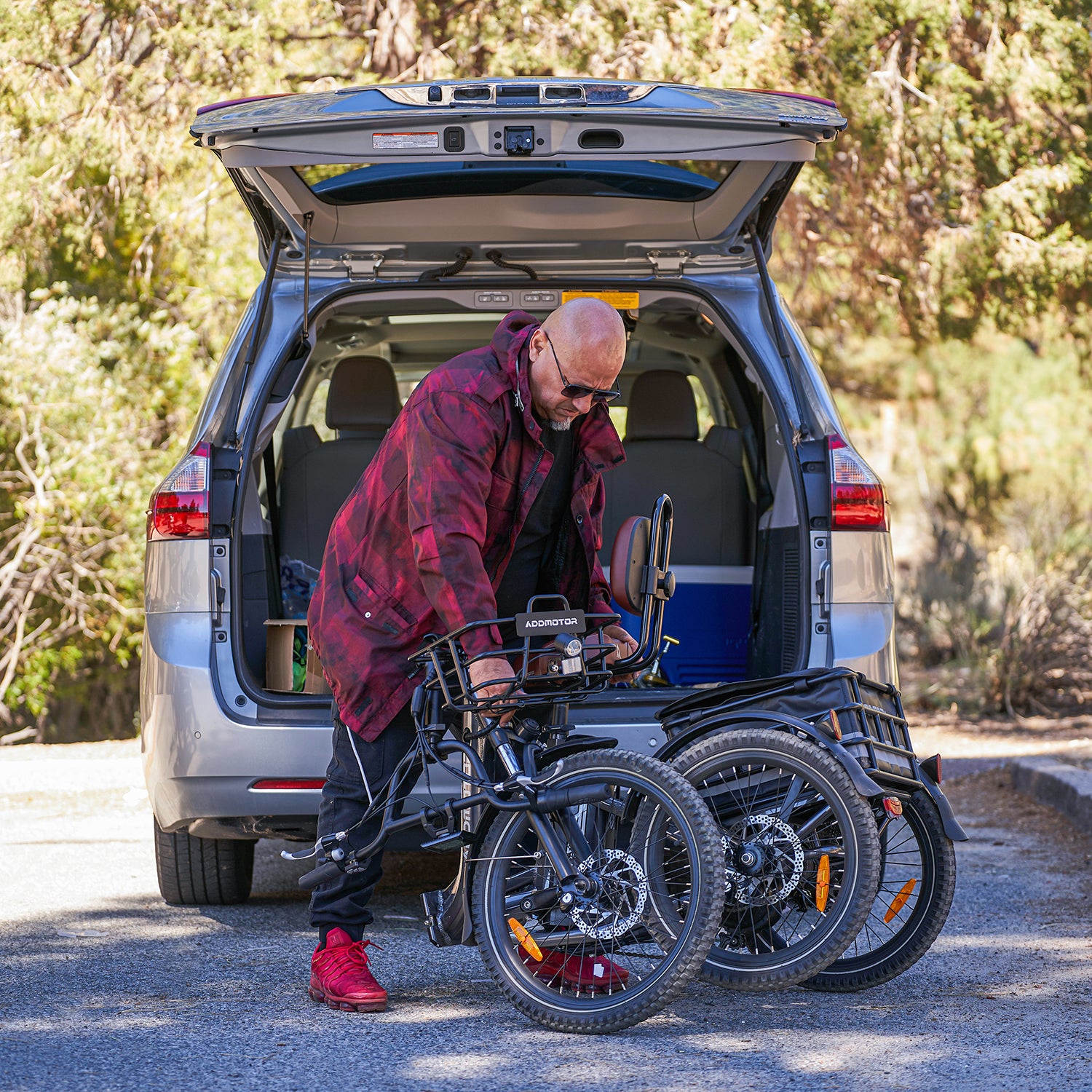
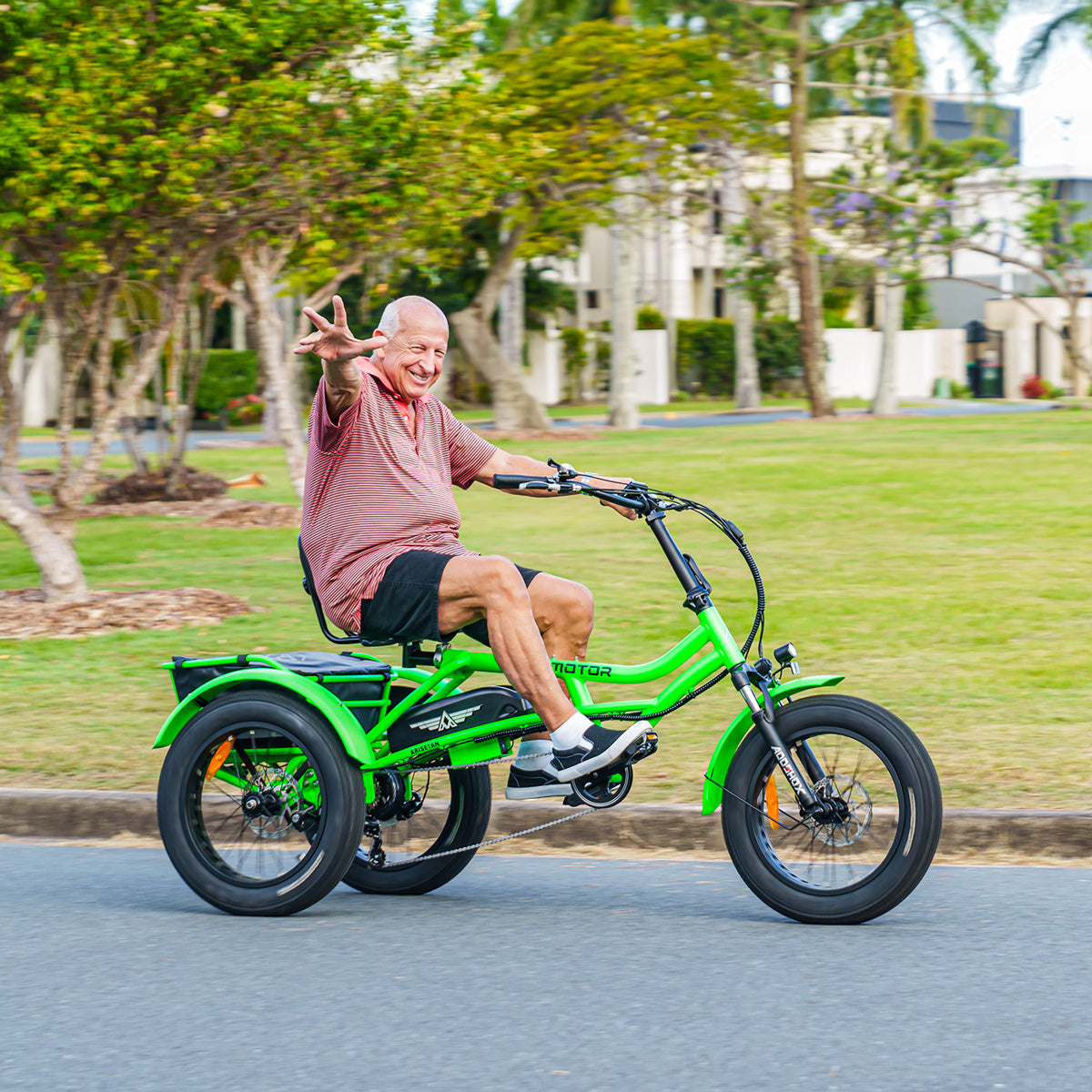
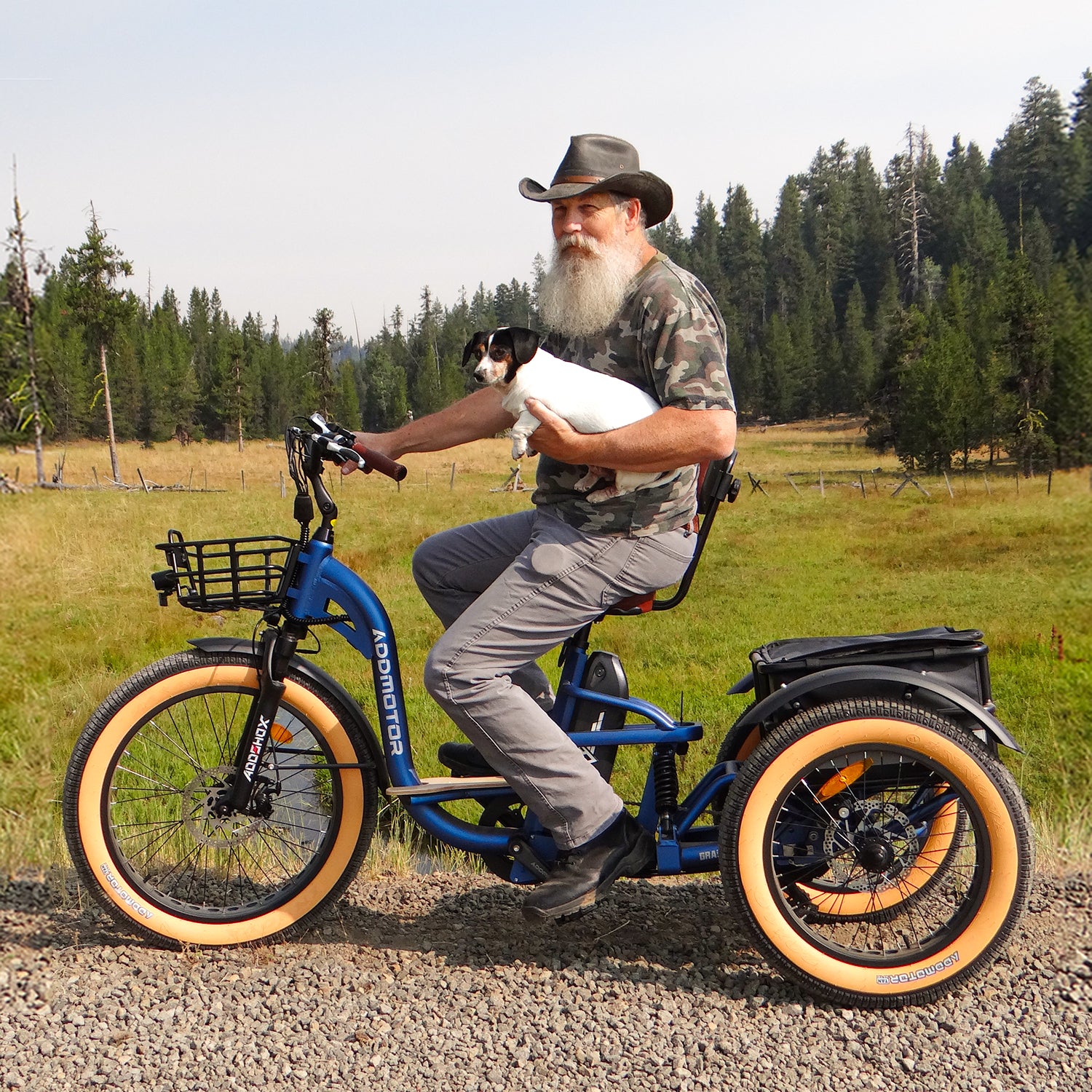
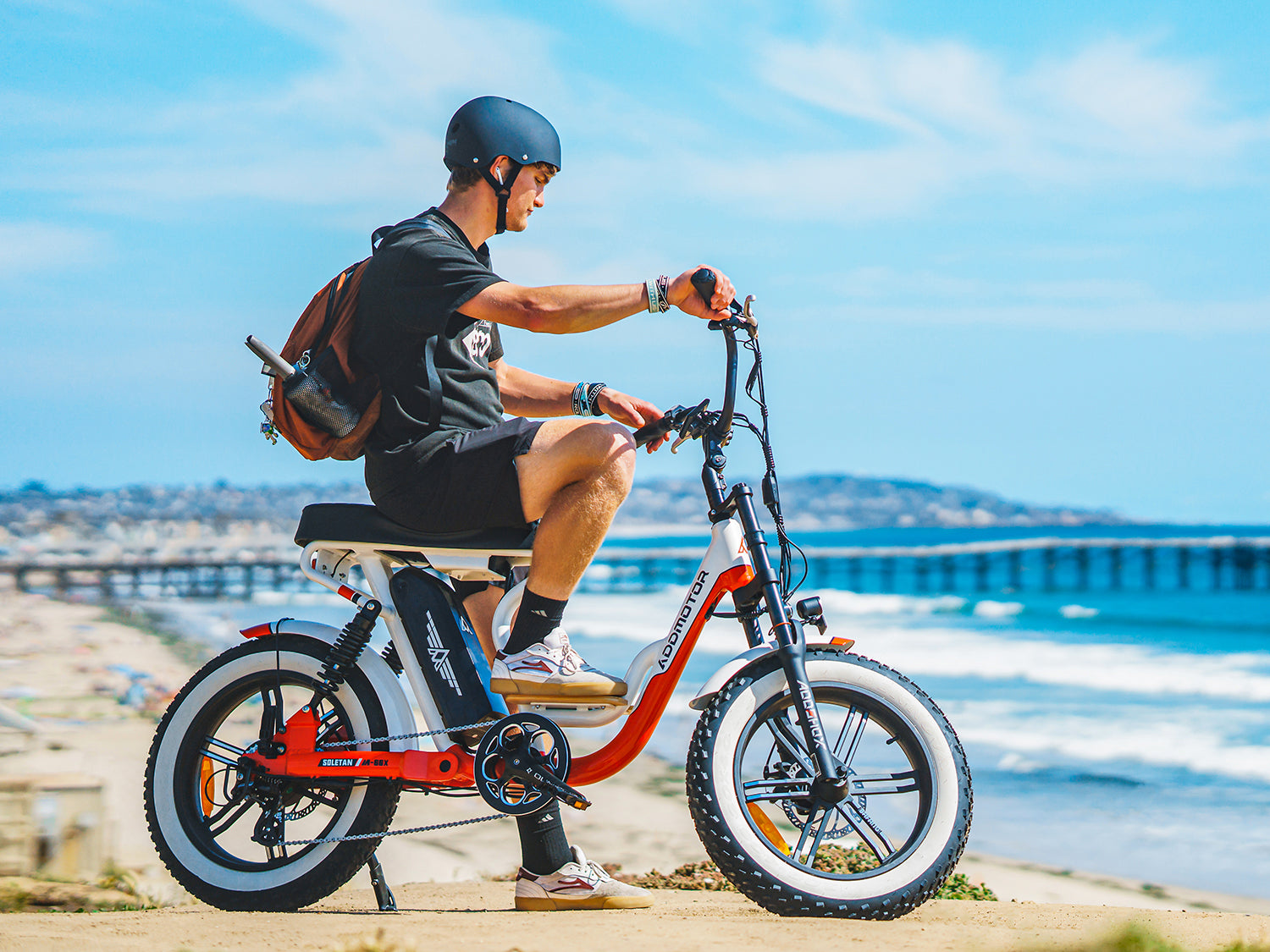
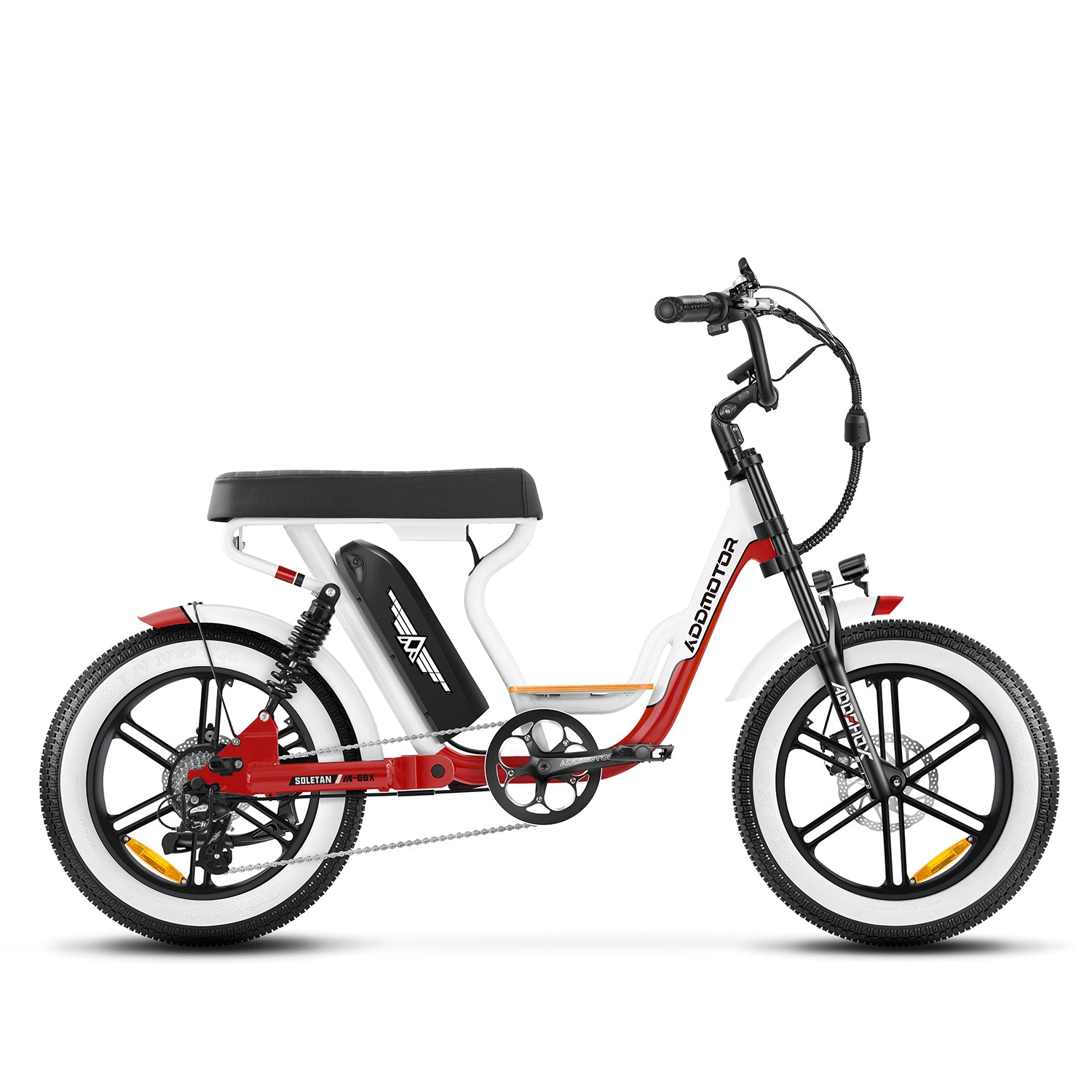
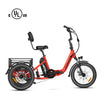
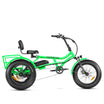
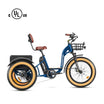
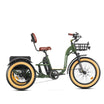
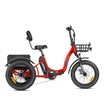
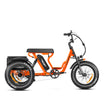
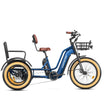
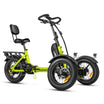
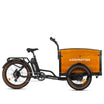
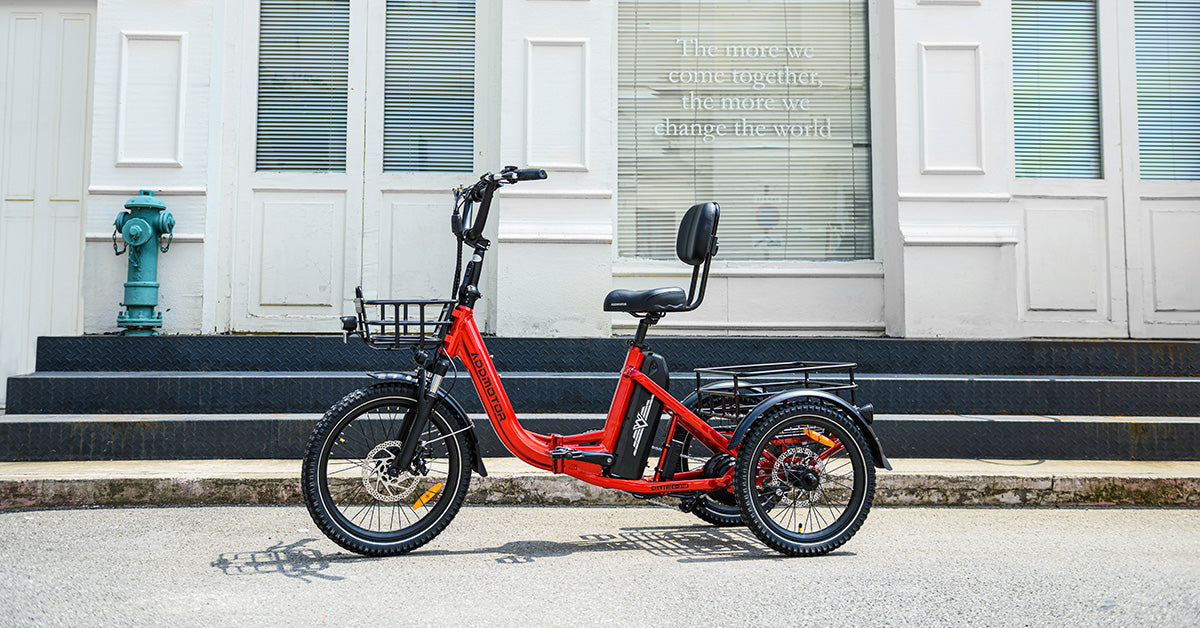
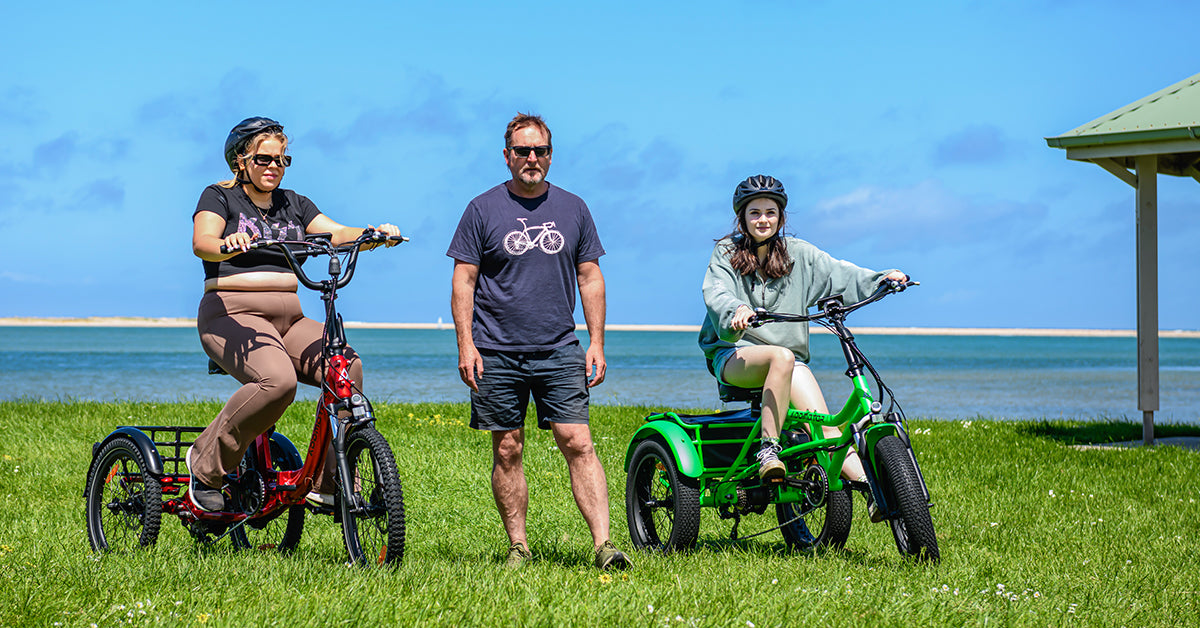
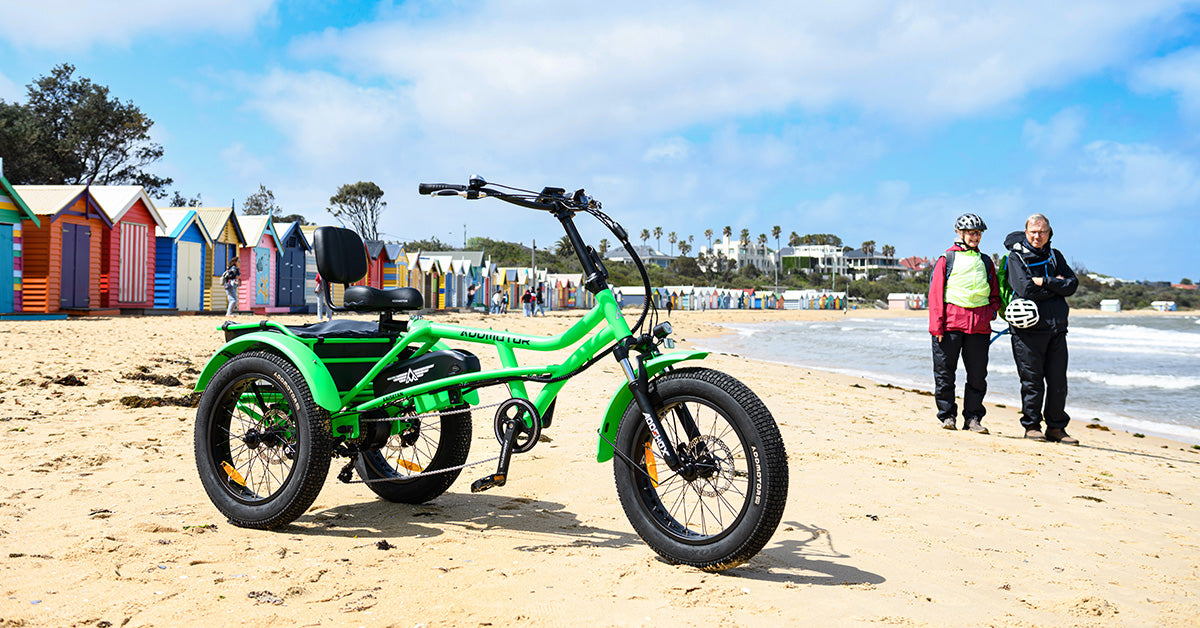
Leave a comment
This site is protected by hCaptcha and the hCaptcha Privacy Policy and Terms of Service apply.